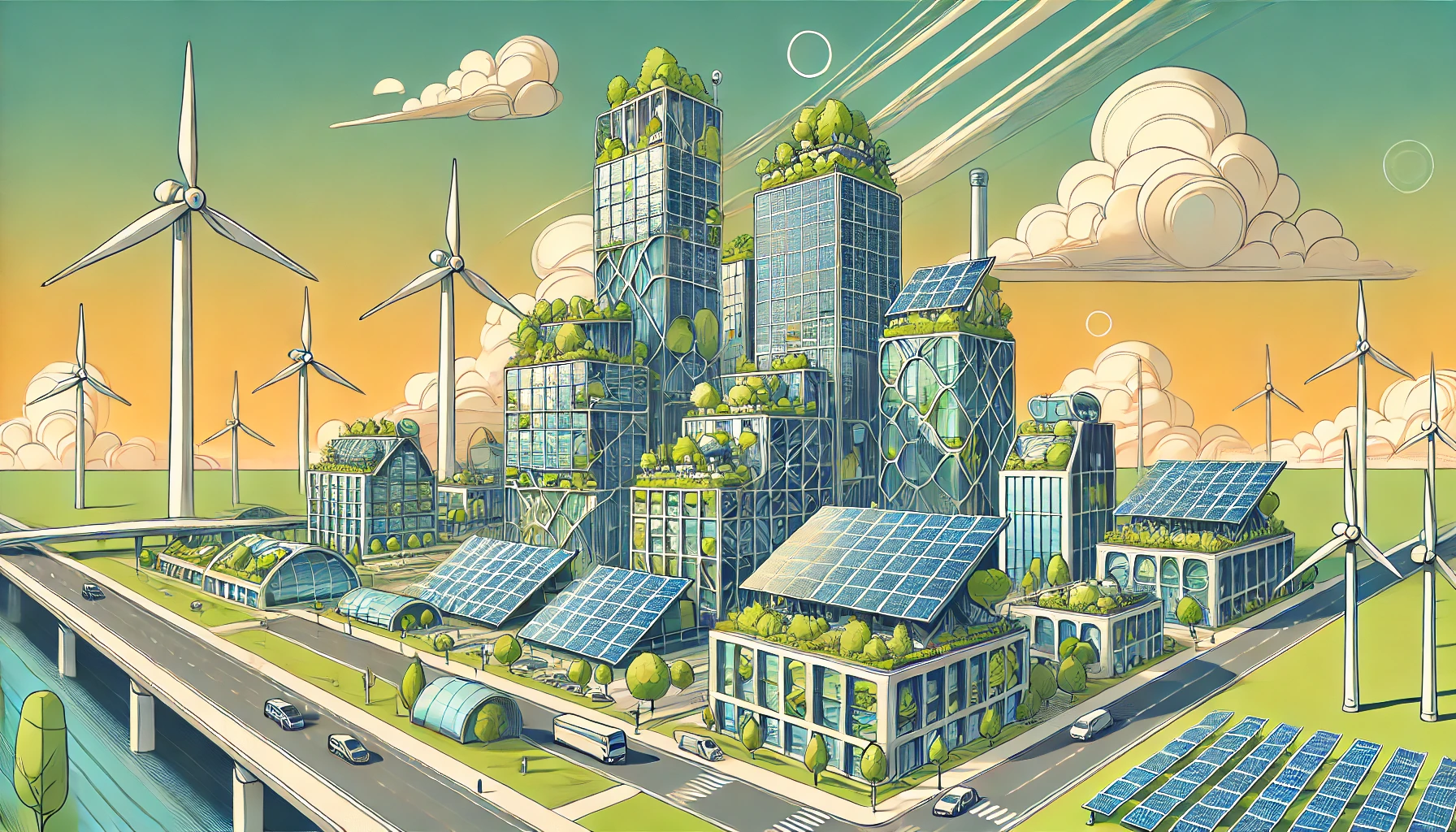1. Introduction: A Structural Energy Turning Point for Economic Stakeholders
The energy transition has become a central issue, both environmentally and economically. For companies, local authorities, and tertiary property managers, it’s no longer just about reducing their carbon footprint but also about coping with the continuous rise in energy costs, coupled with increasingly structured regulations.
The Tertiary Decree, enacted in 2019 under the ELAN law, mandates a progressive reduction in energy consumption for tertiary buildings over 1,000 m²: -40% by 2030, -50% by 2040, and -60% by 2050.
Achieving these performance targets requires a thorough understanding of energy flows and the ability to take concrete action on the ground. This involves integrating regulatory, economic, and operational challenges into a comprehensive approach.
2. Better Understanding the Components of an Energy Bill
An energy bill comprises three main components: supply (kWh consumed), delivery (notably via the TURPE), and taxes (CSPE, VAT, etc.).
These components are often perceived as fixed, yet they offer significant optimization opportunities. Proper adjustment of subscribed power, selecting an appropriate tariff (FTA), or verifying eligibility for tax exemptions can have an immediate impact on costs.
For example, reducing subscribed power from 500 to 447 kVA can generate savings of €830 per year.
However, these levers require precise monitoring based on reliable data. In a context of anticipated tariff increases in 2025 (+7.7% on the TURPE, CSPE increase), energy management becomes a strategic skill.
3. Anticipating Regulatory Changes to Avoid Additional Costs
The year 2025 will mark the end of several cushioning measures implemented during the energy crisis. Starting February 1, 2025, the tariff shield, amortization mechanisms, and reduced rates will be lifted, directly impacting exposed structures.
Furthermore, TURPE 7 (tariff for the use of public electricity networks) will come into effect with an initial revaluation, followed by a freeze until August 2026. On the tax side, the CSPE will significantly increase, reaching €33.70/MWh for small consumers.
In this context, decisions made today will determine tomorrow’s economic resilience.
Energy procurement strategies must evolve. Prioritizing anticipated supplies, avoiding spot purchases, and setting target price thresholds have become practices to integrate.
4. Digital Tools to Inform Decisions
The energy transition can no longer be managed blindly. To adjust subscribed power, monitor consumption in real-time, or anticipate regulatory obligations, energy management tools have become essential.
An Energy Management System (EMS) allows, for example:
- Aggregating multi-site data
- Visualizing load curves
- Identifying anomalies or deviations
- Automating declarations on OPERAT for the Tertiary DecreeE
These platforms provide both technical and decision-making support.
Some solutions even integrate weather, contractual, and billing data to offer a comprehensive view of a site’s or perimeter’s energy performance.
5. The Challenge: Structuring Support Beyond Supply
Addressing energy challenges cannot rely solely on technology. Human support, adaptation to local contexts, and transparent communication are equally crucial.
A partnership between an energy supplier and a management platform provider can serve as a transformation lever. This is the approach taken by actors like Proxelia and Energisme, combining:
- Customized supply tailored to actual usage and consumption profiles
- Monitoring tools to detect overconsumption, leaks, and tariff optimizations
- Technical support to frame obligations under the Tertiary Decree or long-term strategies
This type of collaboration illustrates a reproducible model adaptable to other suppliers and territories.
6. Conclusion : vers une approche intégrée et collaborative de l’énergie
Reducing energy consumption, ensuring regulatory compliance, and containing costs have become multidimensional challenges. This goes far beyond simple contract negotiation or meter monitoring.
The goal is now to equip structures to become autonomous, manage their usage, and make informed decisions. Partnerships between suppliers, technology solution providers, and end clients should align with this logic.
The objective is not just to react to constraints but to anticipate, structure, and optimize in the long term.
This open approach, centered on data and dialogue, paves the way for new, effective, and sustainable energy collaborations.

